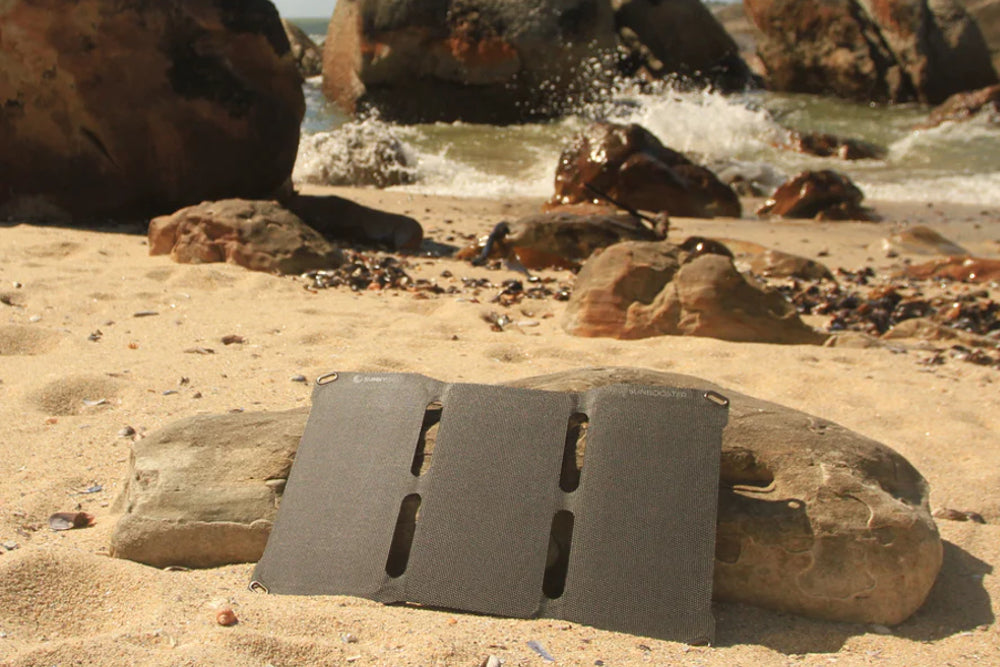The SUNNYBAG solar charger generates electricity thanks to the power of the sun. This can, if it is not consumed directly, be stored in the lithium-ion battery of an energy storage device and used later. But how does such a battery work?
A lithium-ion (Li-ion) battery is a type of rechargeable battery used in many electronic devices such as laptops, cell phones, power banks and electric vehicles. Li-ion batteries have high energy density and long life compared to other types of batteries. A Li-ion battery consists of two electrodes, a positive cathode and a negative anode, separated by electrolytes. The cathode is made of lithium compounds such as lithium cobalt oxide, while the anode is made of carbon. During charging, lithium ions migrate from the cathode through the electrolyte to the anode, where they are trapped. During discharge, the ions migrate back to the cathode, releasing electrical energy.
For smaller devices, a power bank, such as the POWERBANK, POWERBANK+ or the POWERPACK is ideal.





